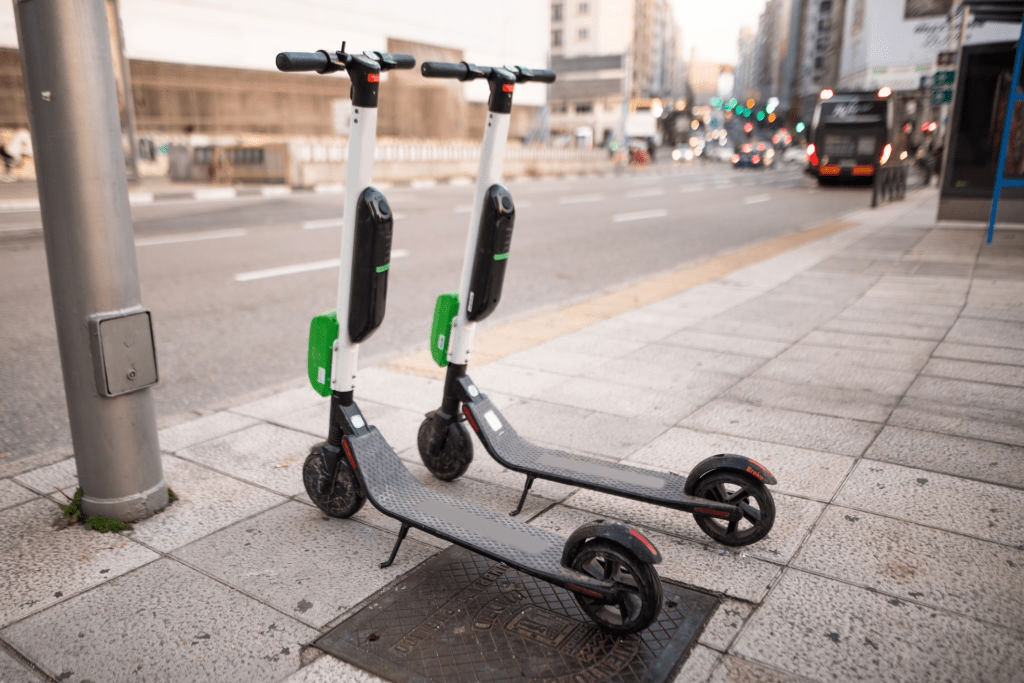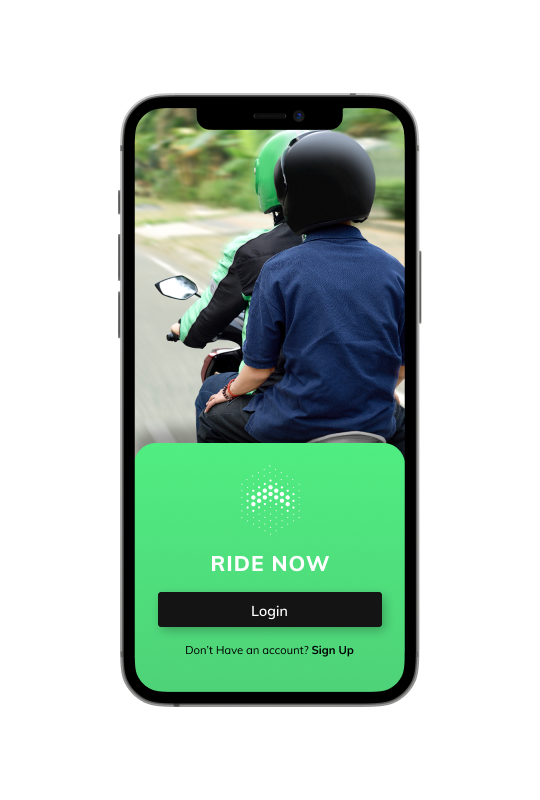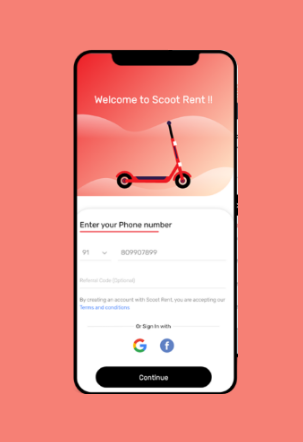Rolling with the punches: From Scratch
The e-scooter industry has become an instant hit globally and is expected to grow and capture new markets.
However, the industry is facing severe roadblocks as of late, with e-scooter companies not allowed to operate in several cities.
The chief reason for this is to ensure the safety of its citizens as these e-scooters have been found abandoned in the middle of the streets.
This is not only an annoyance for the general populace but can also be life-threatening for the visually challenged or physically disabled.
Which is why most cities require e-scooter rental companies to comply with strict regulations and data sharing standards.
Fortunately, there is a way e-scooter businesses can overcome all these issues – the Internet of Things (IoT) technology.
Before talking about how IoT technology can help the e-scooter rental industry, we will first discuss what IoT really is.
What is IoT?
Internet of Things (IoT) is a network of interconnected computing devices and mechanical or digital machines.
Each device has a unique identifier (UID) and can transfer data over the internet without requiring human-to-human or human-to-computer interactions.
By removing the human element from the chain, IoT devices make it easier for just one individual to oversee operations.
This can be extremely beneficial, especially for the e-scooter industry.
Reasons for investing in IoT technology for your e-scooter rental business
1. Keeping pace with government regulations
One of the biggest challenges of the e-scooter sharing industry is that government regulations change from city to city.
These include speed limits, restricted zones and vehicle caps among others.
Such different rules require the operators to adjust the behavior of their scooters to comply to these rules and regulation.
With IoT enabled e-scooters, this task becomes easier as they allow Over-the-air (OTA) firmware updates.
The process entails remotely updating the code on an embedded device using the internet.
Thus, by adopting OTA firmware updates, you can easily reprogram your fleet of e-scooters’ internal IoT devices to address city regulations.
This will allow you to make sure that your e-scooters follow the city’s speed limits and the riders receive warnings on their phones if they are driving too fast.
2. Identifying parking zones
You can leverage IoT technology to create wireless parking hubs.
The parking hub can communicate with the IoT enabled e-scooter to ensure that the e-scooter is parked at the correct location.
Furthermore, these IoT devices could help the rider locate the nearest dock and can warm them in case they get off without docking their e-scooters at the designated parking space.
This can ensure that your e-scooters don’t get abandoned at unlikely places like pavements and sidewalks and cause inconvenience to pedestrians.
3. Share data with cities over cloud
You can also use IoT technology to help your city make better decisions.
Cities often require e-scooter companies to share operational data like traffic patterns as a part of their license to operate.
And for e-scooter companies, this can be a challenge as they are required to give access to their e-scooter device data without compromising user data.
Data sharing can be facilitated by creating IoT cloud platforms that act as data intermediaries between cities and e-scooters.
Not only can this ensure a good relationship between your e-scooter business and the city administration, but also incentivize them to keep your e-scooters on the streets.
4. Ensure good riding habits
The biggest challenge to running an e-scooter rental business is the lack of ability to enforce good riding habits.
And without the help of e-scooter rental businesses, the city government faces this burden alone.
Ultimately, city officials may consider banning e-scooters altogether to prioritize safety of the citizens.
One way you can ease the burden off the city is by remotely monitoring and enforcing good riding practices through IoT sensors.
These are especially beneficial for new or inexperienced riders and can help alert the rider if they are not driving in a straight line or are wobbling.
This can help reduce accidents and increase the popularity of e-scooters.
Conclusion
The benefits of IoT integration with your e-scooter business must be considered
It is evident that this technology will become a staple of the e-scooter rental business in the next few years.
For existing e-scooter rental businesses, the most approachable way to adopt this technology is through an e-scooter rental app.
And if you are on the lookout for an app development team to build your app, then look no further.
Idea Usher is a pioneering web-app development company with years of experience in building robust, scalable, and innovative technology solutions.
Our tech-enthusiastic programmers have hands-on knowledge of IoT technology.
And together with our designers and testers, they can create powerful e-scooter rental apps incorporated with IoT technology.
Get in touch to get free quotes.





















